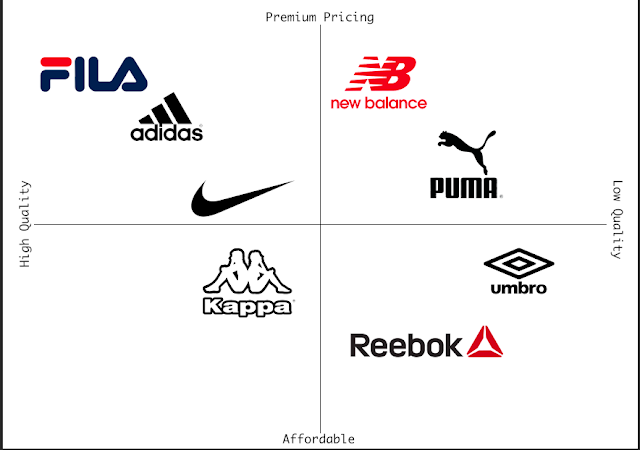Changing Fashion Landscapes
Changing Fashion Landscapes
We had a seminar about the changing fashion landscapes, and this was to help us gather useful and relevant research on our brands to include in our module.
Ethics- Who made our clothes?
This can be a far-reaching issue and can include:

- labour
- Environmental damage (deforestation, leather industry)
- Chemicals- skin conditions
- Waste- plastics
- Animal Cruelty- fur, skins, animal farms
- Child Labour
Circular Economy-
"A circular economy is an alternative to a traditional linear economy, (make, use, dispose). In which we keep resources in use for as long as possible, extract the maximum value, then recover and regenerate at the end of service life"- Wrap 2018
Sustainability-
Closed loop system, e.g. Levi's and H&M
Fashion brands slower to adopt the closed loop system:
- Primark
- Luxury Brands
- Farming animals for fur
- Difficult to trace some supply chains/accountability for production
Impacts-
- Climate change
- Depletion of natural resources (animals, habitat, water etc.)
- Sustainability
Counterfeit Goods-
Counterfiet goods are more common in the luxury market as people want the goods however are not as willing to pay the price, so many factories create deliberate copies of the items but for a lower price.
It is mainly happens in countries other than the UK, however we get shipments of the products and they are being resold on websites such as Ebay. Counterfieting also creates problems with sales, profit and the kudos of the brands in question. It also further promotes unethical practice, as it is the resale of the hidden manufacture of goods.
Social Responsibility-
- What we consume
- Why we consume
- What forms our consumer patterns
- Who is responsible for increased consumption
- Our understanding of product user and where the product goes
- How our actions impact on others (links back to ethics)
Generational Shifts-
Different consumers consume in different ways
- Generation X; largely bricks and mortar (high street) with some online consumption, as there is a worry about online hacking.
- Generation Y; largely online, with some bricks and mortar consumption
- Generation Z; born into the digital age
Methods of marketing are continually shifting, due to the complex nature of the cross generational experience of interacting and identifying product.
Marketing Methodologies-
You could be a bricks and mortar types institution, i.e. heavily high street based, for example, John Lewis.
A business could also market through:
A business could also market through:
- Television
- Loyalty Cards (data collection)
- Long routes to identifying and engage their consumer
Online:
- Cross sectional marketing/advertising
- Social Media
- Some terrestrial TV advertising (e.g. boohoo.com)
- Posters, digital billboards, taxis
- Fast fashion social media cascade
High street retailers engage their consumers both digitally and physically, for example, Topshop has online and physical offers, that sometimes differ to cater to that form of sales.
Generation X-
- Brought up through high street, 'physical' shopping
- Department Stores
- High street brands
- Have a higher tenancy to have brand loyalty
Generation Y-
- Cross over generation
- Technology was developed through their lifetime
- Much more connected to digital forums
- Primarily focused on online resource
- Not as brand loyal
Generation Z-
- Born through the digital age of technology
- Immersed in a digital way of life
Consumer Shifts-
- Comparing and contrasting products online
- Sourcing the best price through online consumption
- Social media
- Online shopping has seen the shift of consuming fast fashion through faster cycles.
Impact of online vs. high street-
High Street-
- Same products, different stores
- Increasingly less differentiation in products
- Product prices higher, retailers have to pay for space and embedded in retail price
- Physical act of going shopping, paying for transportation etc.
- Busier lives means less time to shop
Online-
- More convenient
- Diverse choice (something for everyone)
- Drill down on product and find the cheapest price
- The opportunity to source garments which are less likely to be worn by others
- Overhead on product is lower so production can be sourced cheaper.
Futures-
- Future digitalisation (autonomous design)
- Niche product
- Embedding technologies
- Digitalisation in fashion print/textiles
- 3D printed product
- Biometics
- Textile grown from organisation



Comments
Post a Comment